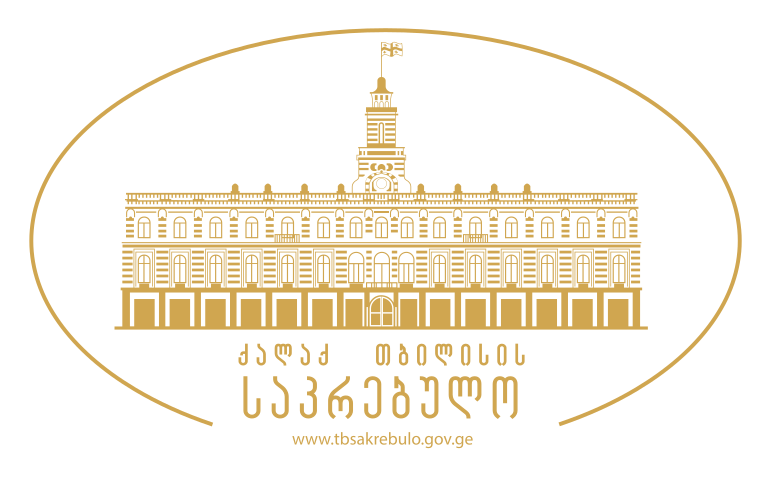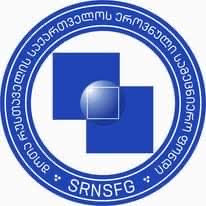025- Characters without Names: the Anonymous and the Crowds
Organized by: Prof. Charlotte Krauss, Prof. Françoise Lavocat
English, French
This group session proposes to focus on those who, in fictional works, generally attract the least attention: the anonymous and the crowds.
The nameless characters are sometimes illustrious, like the protagonist of The little Prince, or Frankenstein’s creature (which is often called by the name of its inventor, a significant confusion). There are also genres, such as fairy tales, where the characters seem to need no name. In some periods and cultural areas, ancient Japan for example, high- ranking characters are most often called only by their titles (as in the Genji monogatari). But in the realist novel as well as in the theater, especially in the 19th century, it is mostly the servants, the peasants and the poor people who are deprived of a name or referred to by a first name only. Does the absence of a name then assign a secondary role to a character, or even almost no role at all? What effect does the deprivation of a name (or its reduction to an initial) have on a main character, such as Ah Q, in Lu Xun’s The True Story of Ah Q (1921), or K in Kafka’s The Trial (1925)?
As for crowds of anonymous people, we meet them in streets and department stores, at parties and balls, at the occasion of wars and revolutions. In European literature, it is the consideration of people as the constituents of nations since the beginning of the 19th century that has led to the representation of popular masses in literature and the assignment of an active role to the Forgotten in History. Thus, the Moscow crowd that “keeps silent” at the end of Alexander Pushkin’s Boris Godunov (1831) accepts the crimes of the state and bears a share of the blame. The bourgeois fear of “barbarians in the midst of society” is found in descriptions of uncontrollable and destructive masses, for example in the description of frenzied crowds in the naturalistic novel. Parallel to the emergence of film, early twentieth-century literature depicts crowds in accounts of city life under the banner of progress and comfort; socialist realism, meanwhile, focuses on masses of workers - but even joyful crowds struggle to stand out in the background, and the narrative often tends to follow a few select characters who are given a name. This struggle for an active role for the anonymous crowds might be one of the questions to ask in this group session. Similarly, it might be interesting to look at the differences across media type (novels, theater, film, comics...), eras and cultures.
Here are some ideas for reflection, which are not exclusive:
Unnamed characters: what are the genres, periods and cultural areas where all or a significant proportion of characters are not given a name? What are the effects produced by this phenomenon?
The Project was supported by Shota Rustaveli National Science Foundation of Georgia (SRNSFG) [grant number MG-ISE-22-170]


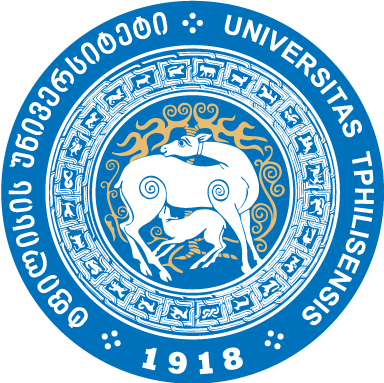

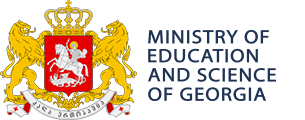
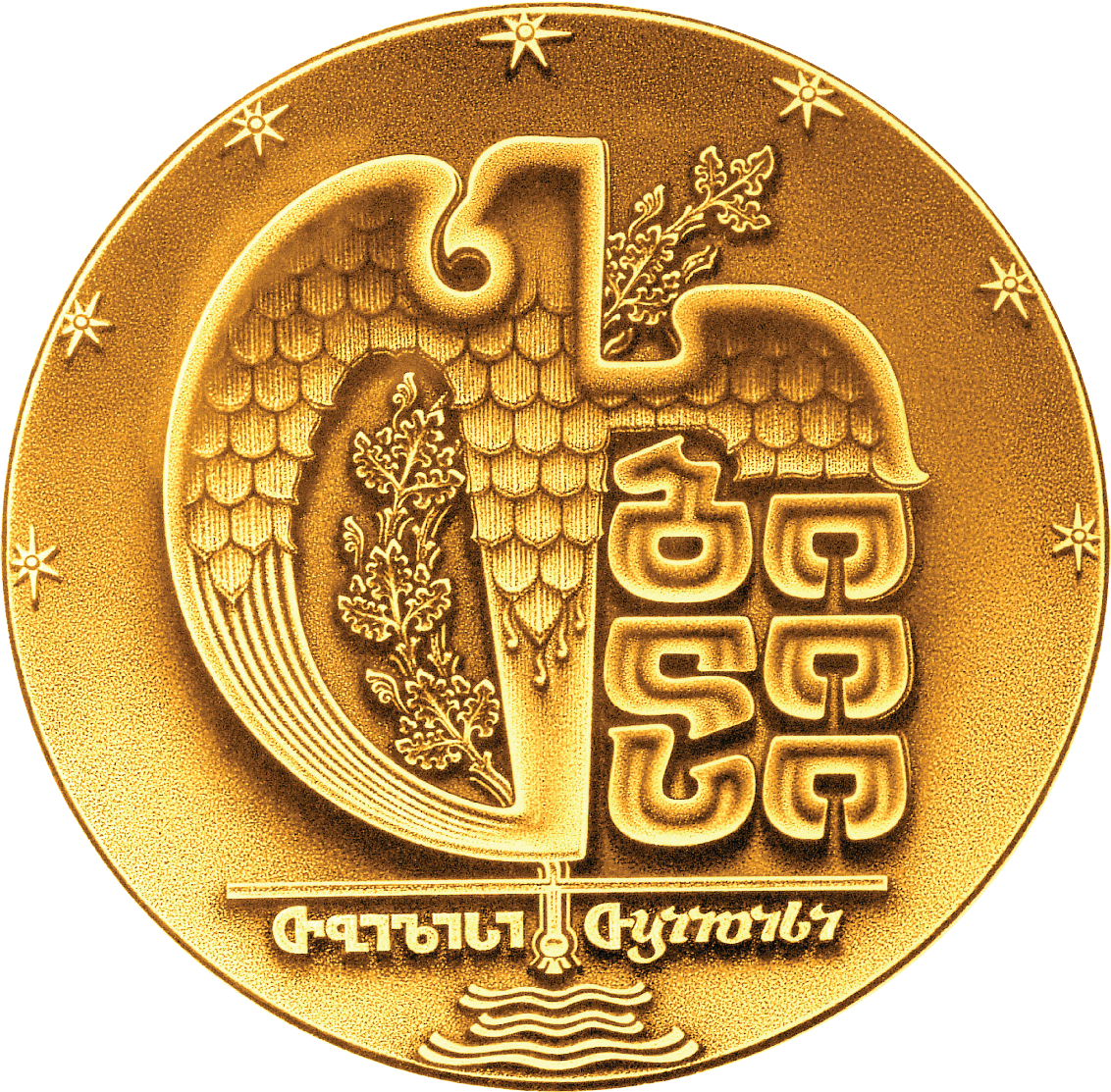
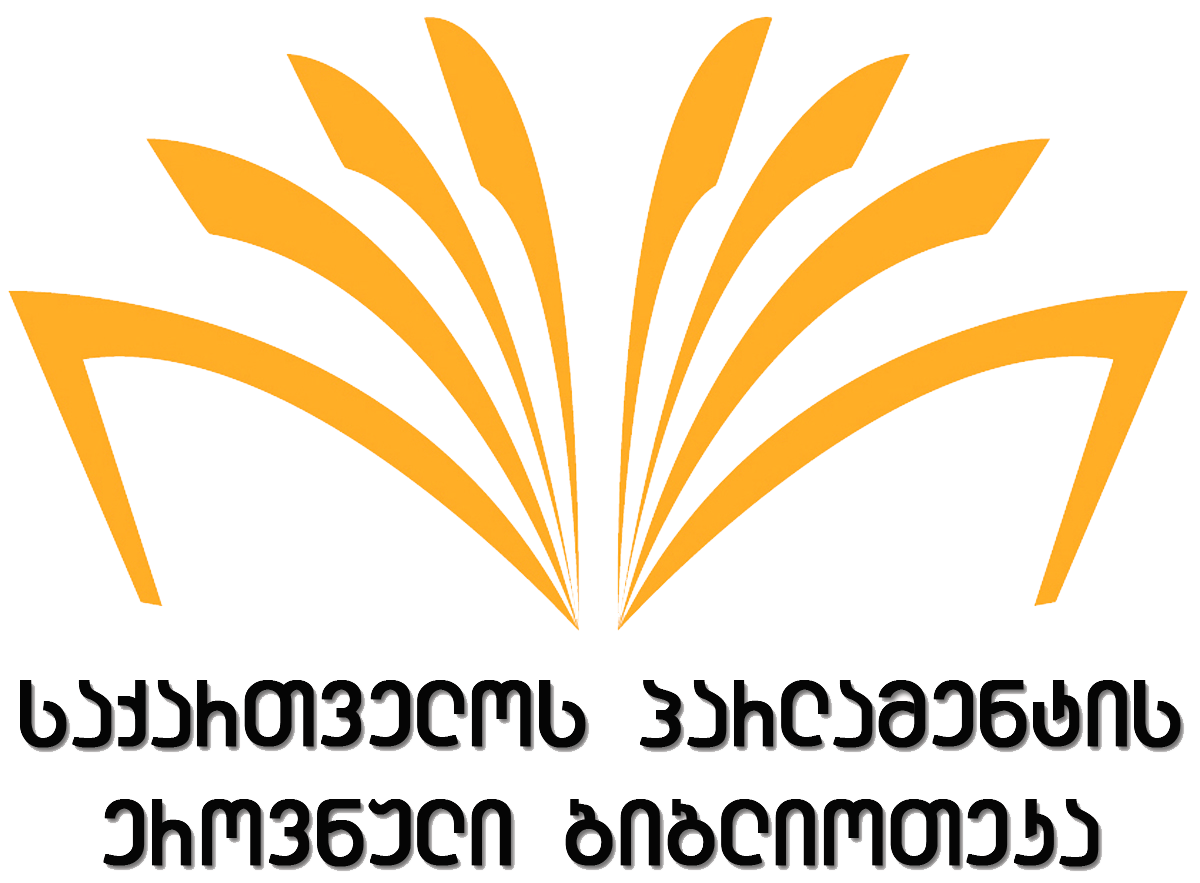
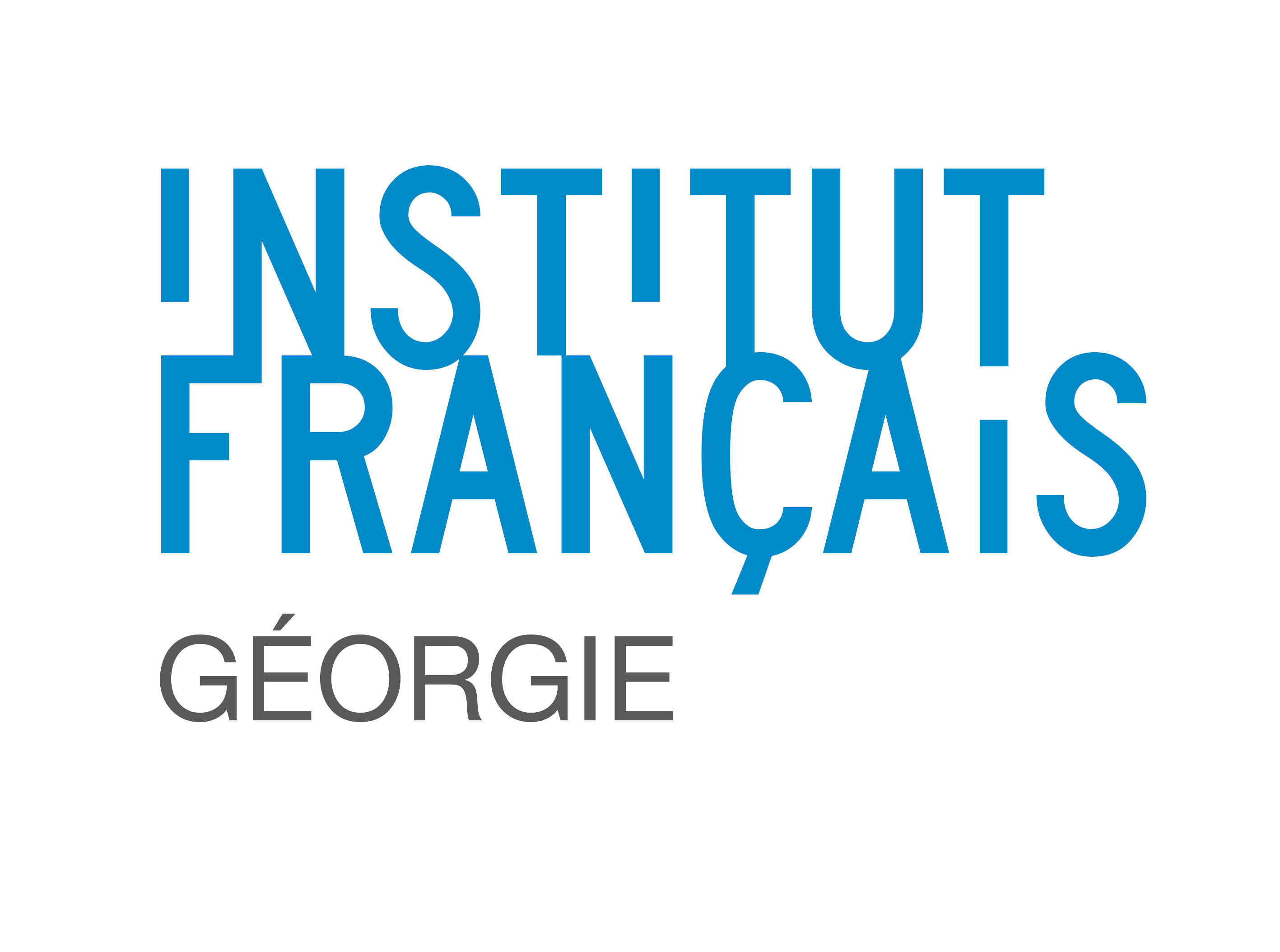


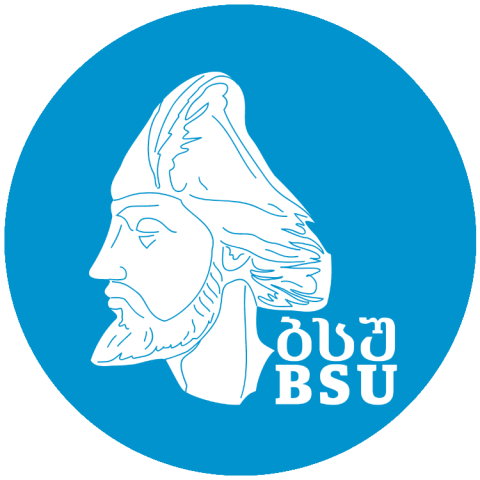

_001.png)

